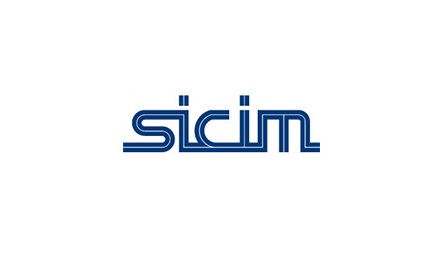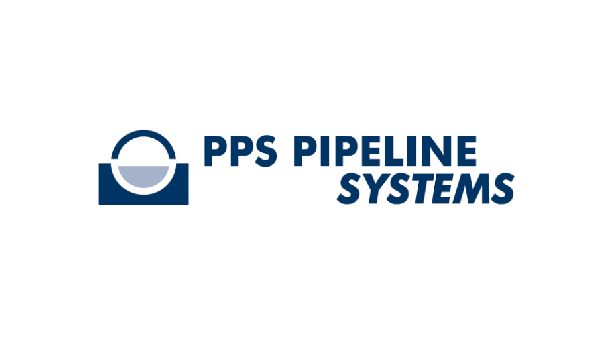
The European Union has long seen energy security as being a core central tenet of the grander European project. For this to become a reality, countries within the bloc need to engage in cross-border cooperation and inter-connections to ensure that energy can flow across borders without restriction. For these reasons, EUGAL - the European gas pipeline - is fundamental to the future prosperity of the EU.
Beginning at the Baltic sea, not far from the German-Polish border, EUGAL runs approximately 480 kilometres to Mecklenburg-Western Pomerania and Brandenburg to southern Saxony, before eventually arriving at the border of the Czech Republic, thus linking northern Europe’s gas supply with central and eastern Europe. According to the current bookings the Czech Republic will receive approximately 80% of the total capacity of the gas pipeline - or 45.1 billion m³.
Having completed the first string of the project at the end of 2019, the second string is already underway and nearing its completion at the end of the year 2020. Business Excellence recently had the opportunity to speak with Ludger Hümbs, the General Project Manager at EUGAL. Mr. Hümbs took us through the past, present and future of the project, outlining its place in Europe’s overall energy picture. What we found is a project which goes some way to addressing the ultimate EU objective of secure, low-cost, efficient and environmentally friendly access to energy for European citizens.
A crucial block in the energy bloc
The need for increased gas supply in Europe was outlined in stark terms in the European Network Development Plan (TYNDP) in 2017, which projected that the continent would have an annual demand gap of up to 183 billion m³ by 2035. At the same time, it was already well established that sourcing fuel itself was only part of the issue - additional transport capacities would also be needed to bring gas to consumers. In this context, there was an irrefutable argument for EUGAL.
EUGAL has four network links, allowing gas to be transported flexibly within Germany and to Western and Eastern Europe and to Western and Eastern Europe (along pipelines such as NEL, FGL306, JAGAL and the Czech network). Ludger Hümbs says: “EUGAL therefore not only creates new connections, but also allows natural gas to be transported flexibly in every direction through the direct connection to existing natural gas pipelines.”
Overview
Regional planning procedures for EUGAL were concluded in 2017 and planning approval processes had all been cleared by the second half of 2018. As Hümbs tells us, this fast process also happened thanks to sharing some route with the Baltic OPAL pipeline: “The fact that it runs in an existing pipeline corridor minimizes its impact on people, nature and the environment. Thanks to the efficient project management gas transportation already started in January of this year as planned.”
As mentioned in the introduction, work is already well underway on the second string: As Ludger Hümbs says: “The technical laying works (lowering the pipeline into the ground, welding) for the second EUGAL string have been completed. The second EUGAL string still has to undergo a wide range of tests and inspections in the coming months. The second string should then be filled with gas for the first time, and gas will then flow through it in 2021.”
The efficiency with which the project is being delivered belies its scale; for example, over 329 kilometres, there will be a dual pipeline, which technically means that a total of 809 kilometres of pipeline are being built. This is also no small undertaking as the General Project Manager points out: “Approximately 47,000 pipes were being laid for EUGAL (each measuring 1.40 metres in diameter, around 18 metres in length and weighing 15 tonnes). At peak times, there were more than 2,500 people working on the route.”
Stakeholders
EUGAL transports gas to Germany, in the direction of Western Europe as well as on to the Czech Republic. Inevitably then, it has a diversified range of stakeholders. GASCADE holds 50,5% of shares of EUGAL. Its other shareholders, holding 49.5%, are Fluxys Deutschland GmbH (belonging to the belgian Fluxys group)
, Gasunie Deutschland Transport Services GmbH (belonging to the Dutch Gasunie company) and ONTRAS Gastransport GmbH.
In fact, the project team is as European as the concept itself: Aside from the shareholders, several other European firms have been involved: “The pipeline is being built by international specialist companies (among others from German, Belgium, Italy, Netherlands and Denmark). The up to 2,500 experts at the construction site come from dozens of countries from all over the world and as well as dozens of local companies.”
And then, there’s the external stakeholders - the general public. Ludger Hümbs says: “At information events along the route we have presented the potential course of the planned pipeline and background on the project to local residents. They have had the opportunity to obtain an overview of the EUGAL project and discuss it with the project team in person. The current location of the GDRM system in Deutschneudorf was found in the course of these information events and a subsequent exchange.”
Sustainability
The adoption of gas as a source of energy across Europe isn’t just about energy security - it’s also about the energy transition: the movement away from dirtier fuels such as coal, traditionally one of the major sources of energy in mainland Europe. The movement towards a flexible combination of gas and renewable energy is seen as a pillar of the transition, and something that EUGAL will play a central role in.
Ludger Hümbs says: “As part of the regional planning procedure and the planning approval process, the EUGAL project had two environmental impact assessments with different degrees of detail. Protecting people, nature and the environment has top priority for us and we examine such aspects with sensitivity.”
He continues: “The construction of gas pipelines always entails a temporary impact on nature and the landscape. After recultivation and rehabilitation is finished, the route can hardly be noticed anywhere in the countryside. Extensive measures will compensate for the temporary effects during the construction phase, as well as the impact of new operating facilities (such as a valve station).”
A milestone in European energy
It’s been clear from speaking with Ludger Hümbs that EUGAL is a project which he’s proud of. “EUGAL has been a very demanding and ambitious project within a very short space of time. The construction phase stands out due to an unmatched level of manpower. There were up to 2,500 people working at the construction site at peak times. We have and had construction going on in parallel over a length of 480 kilometres – construction projects like this are a rare occurrence.”
Indeed, what other project spanning nearly 500 kilometres could have been built in such a short period of time? For this reason, we like to think that EUGAL may have set a new milestone for projects of this scale. With proper planning and a goal which everybody can get behind, EUGAL has proven that the highly ambitious can become highly feasible. Let’s hope that it’s less of a rare occurrence in the future.
DOWNLOAD
 EUGALPipeline-Oct-2020.pdf
EUGALPipeline-Oct-2020.pdf

















